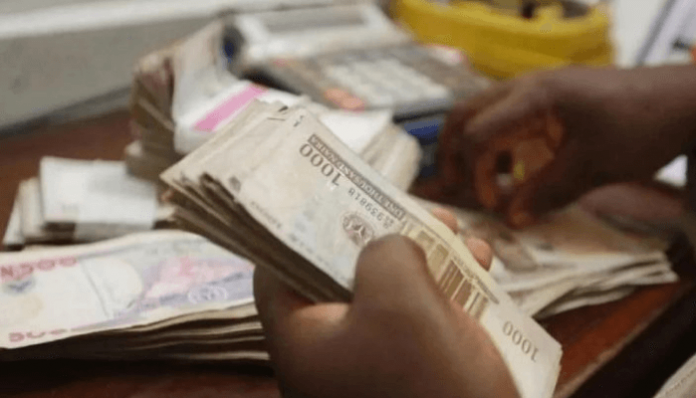Even though the banking sector was experiencing a shortage of liquidity, the market saw a spike in demand for Nigerian Treasury Bills at the beginning of the week.
Analysts predicted that the monetary policy committee (MPC) of the Central Bank (CBN) would boost the benchmark interest rate significantly, which resulted in a raft of purchasing interest.
The market’s liquidity was severely depleted by the recent auction sales held by the debt management office and the apex bank. Due to this, local banks were compelled to borrow N1.4 trillion on Friday from the standing lending facility of the central bank.
On Monday, the secondary market saw massive demand for treasury notes, which caused the average yield to drop by 4 basis points to 16.6%. The CBN kept a spot rate on 364-day bills at 19% versus an average OMO Bills of 18%.
Across the curve, Cordros Capital Limited told investors via its market update that the average yield on Nigerian treasury bills contracted at the short (-1bp) and long (-8bps) ends.
The market experienced buying interest in the 87-day to-maturity bills whose yield dropped by 2bps and 346 days to maturity whose yield declined by -57bps) bills, respectively.
Conversely, the average yield expanded at the mid (+2bps) segment due to the sell-offs on the 178 day to maturity with a +23bps yield jump. Elsewhere, the average yield advanced by 35bps to 18.1% in the OMO segment.
In its note, Cowry Asset Limited said interbank rates climbed across maturities, reflecting a liquidity crunch in the system. However, short-term benchmark interest rates declined in the absence of significant pressures in the money market.
However, key money market rates, such as the open repo rate (OPR) and overnight lending rate (OVN) declined. The overnight lending rate contracted by 150bps to 24.3%. The open repo rate declined by 136 basis points to 23.55%, according to data from the FMDQ platform.
Activities in the FGN bond secondary market were bearish, as the average yield increased by 2bps to 16.7%. Across the benchmark curve, the average yield advanced at the short (+1bp) and long (+4bps) ends.
This happened as market players took profits off the MAR-2024 (+3bps) and JUN-2038 (+41bps) bonds, respectively. The average yield was unchanged at the mid-segment.














